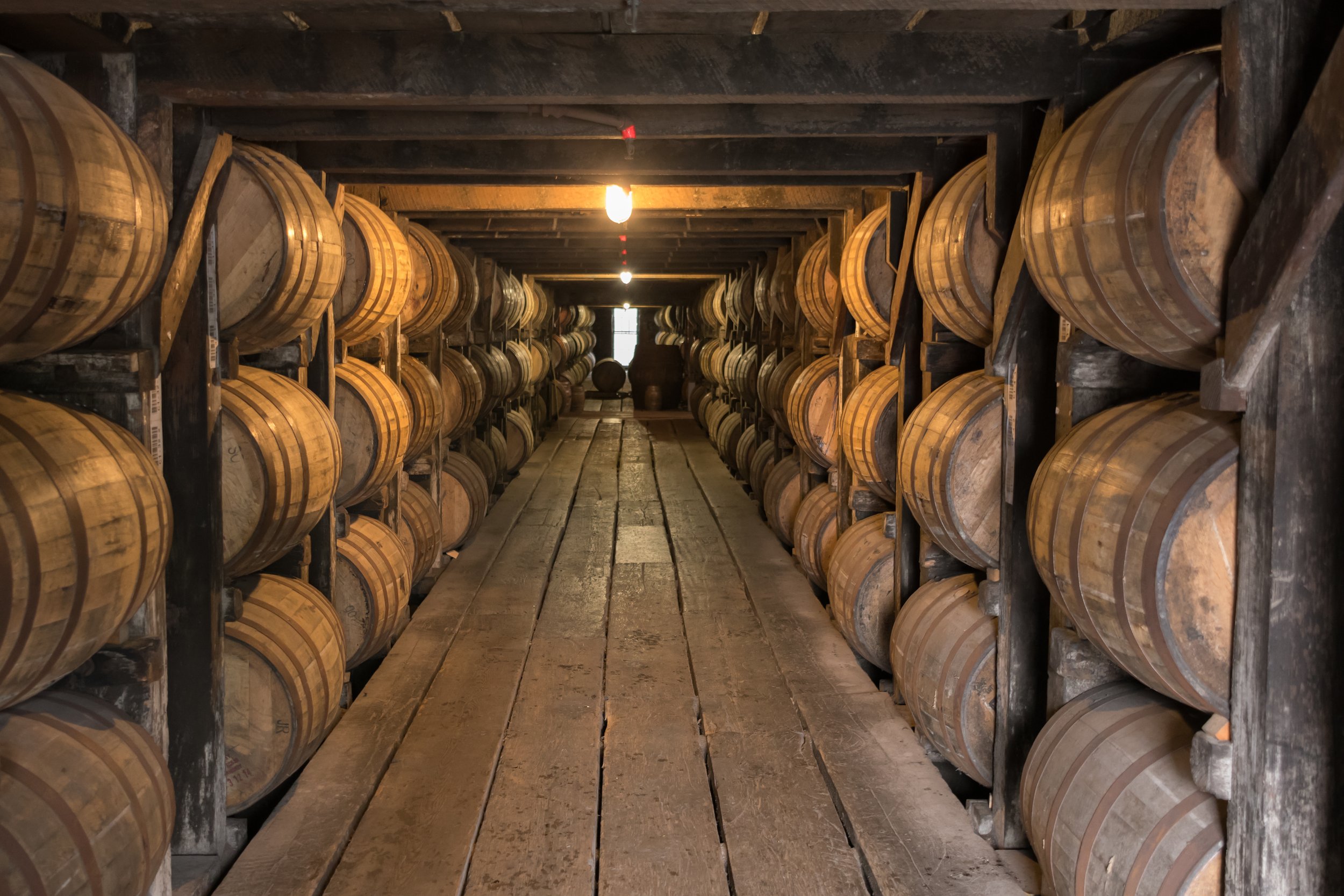
from plant to extract in two seconds
extraction through natural scent evaporation, as nature intended
Superior extraction of micro aromatics is the key to a perfect replication of the original aroma source.
True to its name, Evaporative Extraction leverages evaporation to capture aromatics from source materials in nearly the same relative proportions as what would naturally enter your nose from smelling the actual source material. Evaporative Extraction provides the most sensorially-accurate, and complete aromatic profile possible.
evaporative extraction
Evaporative Extraction produces extracts with higher complexity and more micro aromatics. Evaporated extracts are in the same relative proportions as the original aromatic source.
conventional extraction
Conventional extracts only contain primary compounds and lack micro aromatics. Conventional extracts are incomplete and not in the same relative proportions as the aromatic source.
Evaporative Extraction produces extracts with higher complexity and more micro volatile compounds. It is only when all elements of a plant are captured that the true nature of the original plant shines through. Other methods of extraction cannot achieve this effectively.

All macro and micro aromatics must be present in the same relative proportions to produce a true copy of the original aromatic source.
Evaporative Extraction recovers more volatile aromatics from less source material
Evaporative Extraction gets what no other extraction technology can reach.
Evaporative extraction provides superior recovery of hard-to-extract volatile compounds from deep within the aromatic source material.
Evaporating volatile compounds are driven out of the wood as expanding gasses. Other methods of extraction cannot achieve this.
More extract from less source material means sustainable sourcing.
More aromatics are recovered from the same amount of source material, preserving valuable resources.

Evaporative Extraction uses air instead of solvents and evaporation instead of force.
How it Works
Evaporative Extraction uses high-velocity heated air to evaporate volatile aromatics from woods and plants - and then rapidly absorbs and captures the evaporated compounds from the air to produce highly-aromatic flavor and beverage infusion ingredients.
Source material is continuously fed into one end of the machine while captured aromatics and depleted material continuously exits the other. This enables high production output while exposing the source material to processing for only a couple of seconds.
(1) A pressure blower circulates high-velocity air throughout the system. (2) The air passes through a heater and is heated to an ideal temperature to promote rapid evaporation. (3) Wood or plant source material is metered into the air stream. (4) The source material is pneumatically suspended within a series of highly turbulent evaporation columns. Volatile aromatic compounds evaporate within seconds. (5) Depleted source material is centrifugally separated from the air stream. (6) Volatile aromatic compounds are condensed and separated from the air stream using a proprietary, dynamic collection method. (7) The captured aromatic compounds are collected in a finished product reservoir.
Evaporative Extraction saves energy resources.
Evaporative Extraction requires far less energy than steam distillation or any solvent process whereby the solvent must be recovered from the extract by distillation. Additionally, depleted source material from Evaporative Extraction is dry, non-hazardous, and lacks the flammability risks that complicate the disposal of source material used in solvent processes. The combination of fewer consumables, lower energy consumption, speed of extraction, and less input materials reduces cost and reduces environmental impact.
Proven technology. 68 granted and pending international patents.
Evaporative extraction has been used commercially to produce essential oil from more than 54 tons of premium herbal products, including French oak, sandalwood, vanilla, hops, hemp, orris root, cardamom, tonka beans, basil, nutmeg, bay leaves, and dozens of other pods, seeds, rhizomes, and woods. It has been shown to excel with the extraction of hard-to-reach terpenes and volatile components that are typically locked deep within plant material and not easily liberated by solvents.


